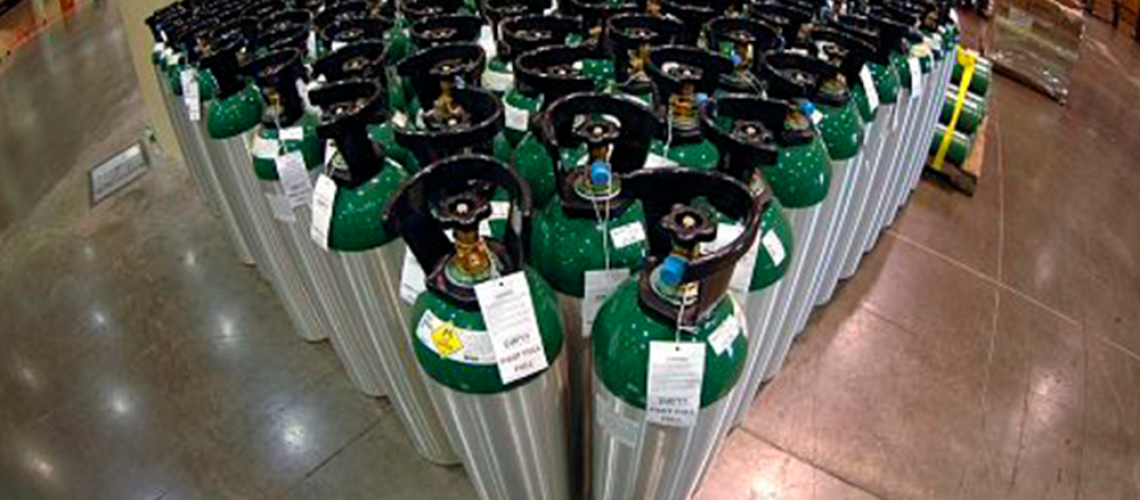In order to explain what APQ storage is, it should be taken into account that there are a number of regulatory duties related to the storage of chemicals in facilities explicitly dedicated to it, the most significant being the processing of the commissioning, which must be Issued by the competent authority. This requirement affects storages of:
Flammable and combustible liquids, ethylene oxide, chlorine, anhydrous ammonia, liquefied and pressure-dissolved compressed gases and cylinders, corrosive liquids, toxic liquids, fertilizers, and organic peroxides.
In general, the warehouses that are applied to be containers of APQ must be notified and legalized, and the administrative procedures are carried out in the Delegations of Industry of the Autonomous Community in which the warehouse is located. Generally, it is necessary to inform the existence of the APQ storage and the quantities and contents stored, in order to be able to dispose the documentation that evidences the compliance of the standard of employment.
After several related diligences, and once completed the works of execution of the facilities, the authorized must participate the start up to the corresponding entity, and show the following documentation:
In case of Projects:
It must be submitted a certificate of Construction Management of the Engineer who has carried out the work, as well as documentation that guarantees compliance with ITC requirements (Declarations of Conformity, CE or manufacturer certificates, supporting calculations, etc.). A proof of payment of the Civil Liability Insurance required in Article 6.2 of the General Regulations must also be recorded.
In case of Legal Reports:
An authorized person must record a certificate from an Authorized Control Bosy that certifies compliance with the requirements of the APQ Regulation and its ITC, the corresponding documents to the endorsement of compliance with ITC requirements (Declarations of Conformity, CE or manufacturer certificates, Calculations Justifications, and others), and proof of payment of the Civil Liability Insurance required in Article 6.2 of the General Regulations.
Without distinguishing the cases, it is advisable to address the competent bodies in each Autonomous Community in matters of Industry and Industrial Safety, since they are the most adequate to facilitate official forms and indicate the guidelines to be followed in each Community.
Finally, it should be taken into account that in the APQ storage there are risks, the most frequent ones being generated by incorrect storage of the different residues in the clean points:
- Risk of fire and explosion
- Risk of falling or overturning of containers.
- Fragility of the containers.
- The increase in the risks caused by the products present.
- Antiquity and aging.





